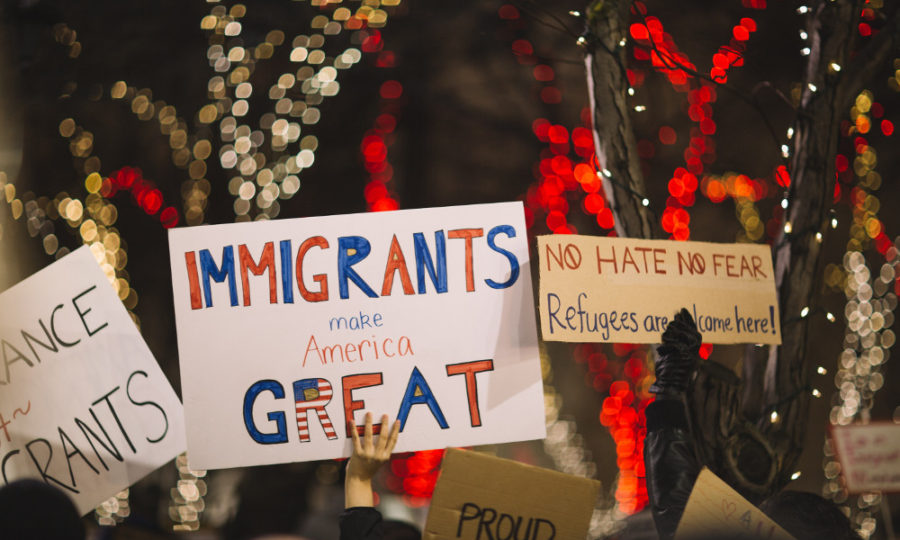When people describe their workplace or community group as if they’re “like family,” my neck hair rises. I am suspicious, and immediately skeptical about the stability of the organization being described. If I were a Kelpien, my threat ganglia would extend whenever someone made this kind of reference.

Fair Use – this image is copyrighted, but used here under Fair Use guidelines.
Owner/Creator
Paramount Pictures and/or CBS Studios
Let me be clear: I am not anti-family. I love families! Yay families! I’m just skeptical that family structures are good models for social or political groups to adopt.
Arendt’s critique of the family
According to Arendt, the family is a model that privileges homogeneity, sovereignty, and hierarchy. She has in mind the Ancient Roman household when she described the family, but that model resonates with the idealized image of the nuclear, white, heterosexual, middle-class, Christian family structure so present in our discourse today.
The family, as an organizational structure, does not foster diversity
In 1987, Margaret Thatcher, then the prime minister of the UK, made the following claim in an interview with Woman’s Own: “You know, there’s no such thing as society. There are individual men and women and there are families. And no government can do anything except through people, and people must look after themselves first. It is our duty to look after ourselves and then, also, to look after our neighbours.”
Thatcher’s claim helps me understand the kind of worry that Arendt has. When we start with family, we build associations along the lines of sameness. If we extend our circle of concern, who gets included depends on how like/how near someone is to us. In contrast to this kind of view, Arendt argues that the political realm only thrives when animated by diverse perspectives. In addition, she argues that immigrants bring newness to the political life of their new homes.
From an Arendtian perspective, Prime Minister Justin Trudeau got something right in this tweet.

There’s a lot more to say about Arendt and the family. Previously, I’ve blogged about my work with Rita A. Gardiner (Western University) on how Arendt’s critique of the family can help social justice advocates re-examine the role family metaphors play in shaping organizational culture and structure. Dear reader, return to that previous post to learn more about why we find the family to be a poor organizing principle.
Recently, Arendt’s critique of the family has informed how Rita and I think about welcoming refugees into our political communities. We resist metaphors about welcoming refugees into “the Canadian family” because of the association between family structure and homogenized cultural identity.
Human rights
Everything I have said thus far has been by way of preamble. A few weeks ago while prepping for a class on international definitions of gender-based violence, I glanced briefly at the Universal Declaration of Human Rights (affirmed in 1948 by the United Nations).
Can you guess what the first line of the preamble to the Declaration says?
(Threat ganglia descend).
. . . (anticipation) . . .
“Whereas recognition of the inherent dignity and of the equal and inalienable rights of all members of the human family is the foundation of freedom, justice and peace in the world” (my emphasis).
(Threat ganglia stay descended).
Arendt scholars, we have our work cut out for us.
And announcements about upcoming talks
On Friday April 6 I’ll be presenting on “Empathy and Altruism in Surrogacy” at the Sexuality, Marriage, and Family Studies Research Symposium, which is sponsored by the SMF department at St. Jerome’s University/the University of Waterloo. CBC’s The Current had a segment on today about commercialization, altruism, and surrogacy–I give it to you as listening homework! Check out the schedule, and I hope to see you there!
The week after that, I’ll be at the Arendt Circle presenting my recent work with Rita on refugees, Hannah Arendt, and Mariana Ortega‘s concepts of being-between-worlds and the multiplicity of the self. Our presentation is titled “Welcoming Refugees? Rootlessness, Assimilation, and In-Betweenness.”
Feature image credit
Nitish Meena
